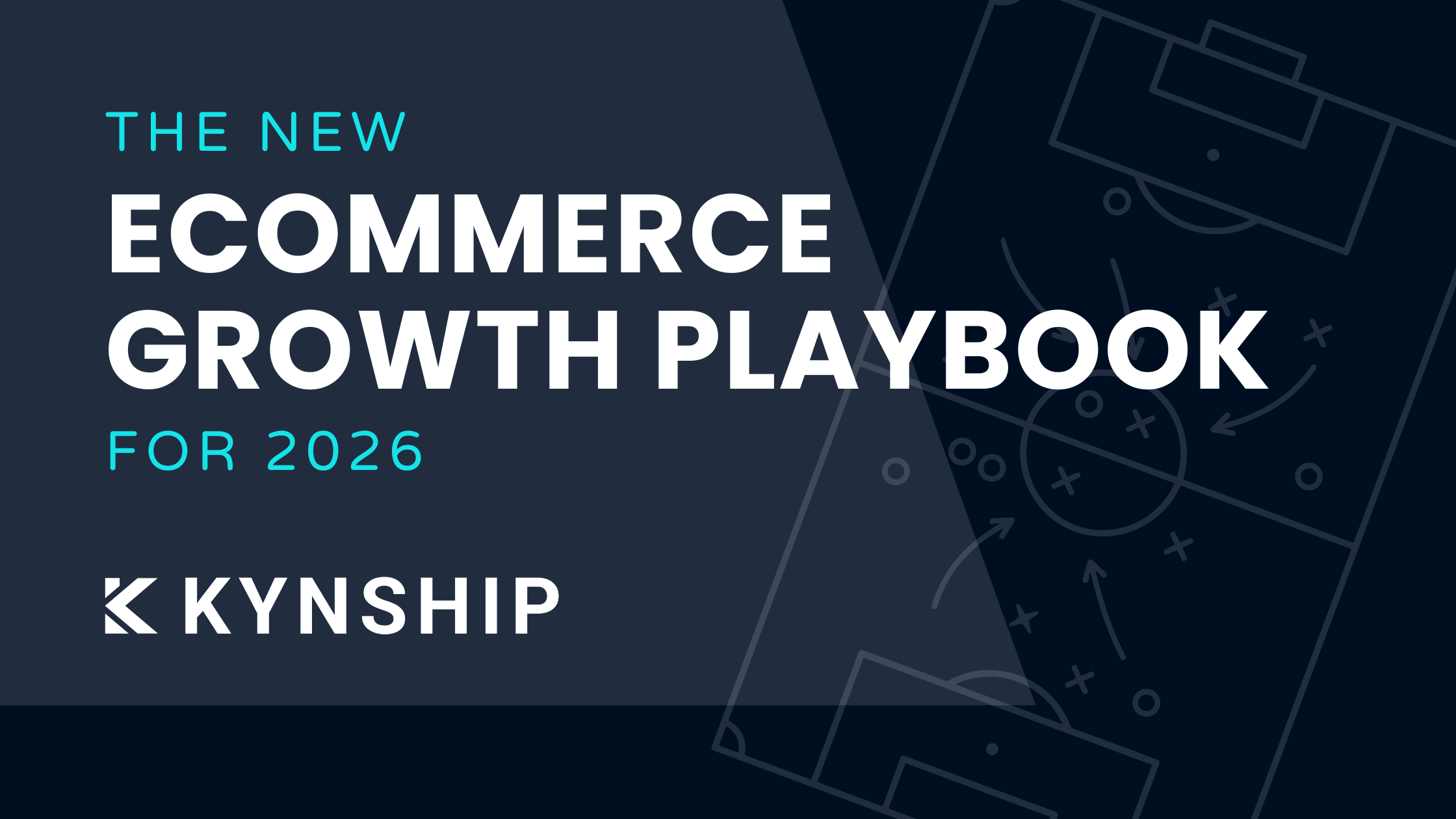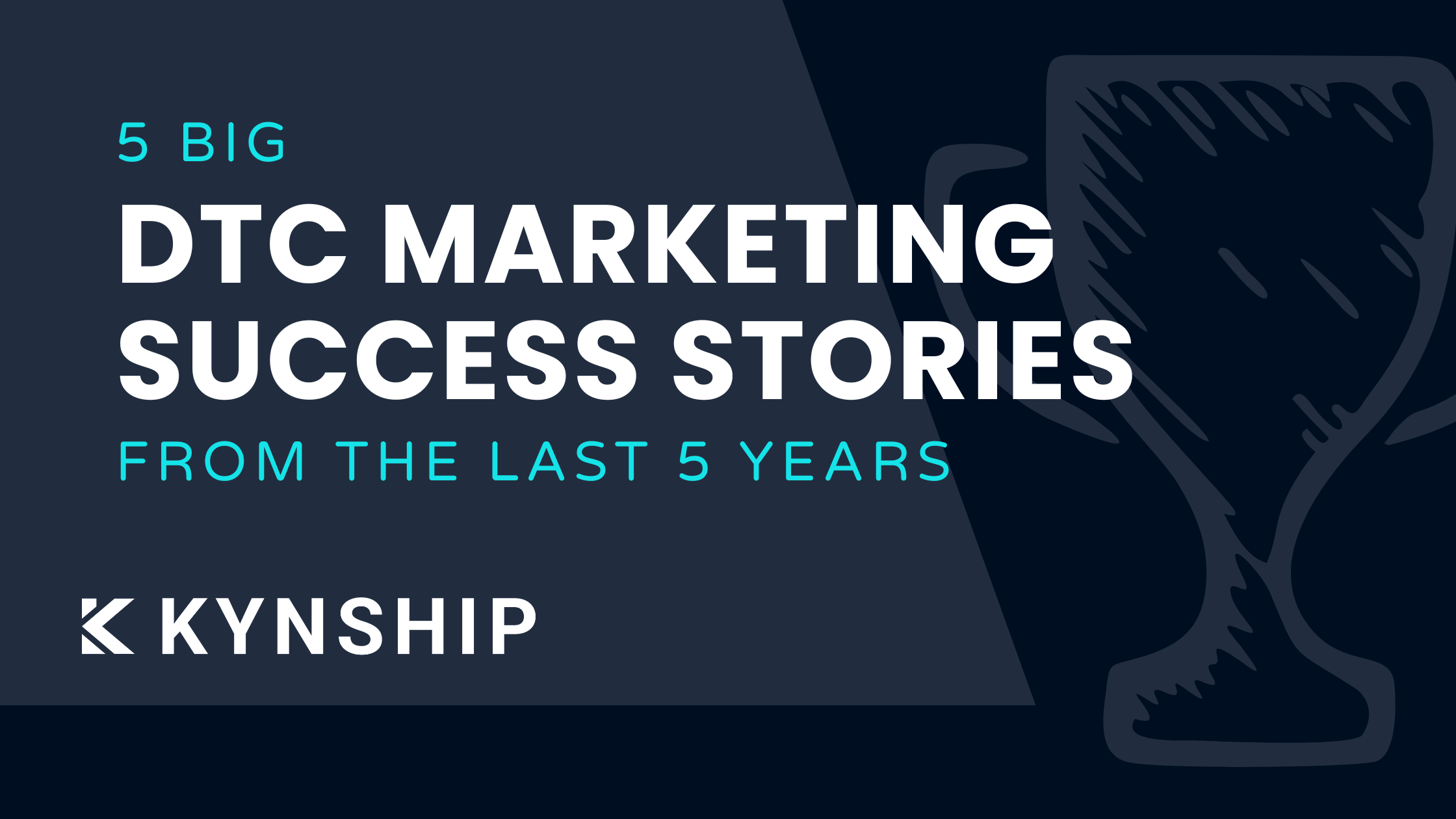Influencer Management: 4 Ways to Excel at Influencer Relationships

Good news travels fast. Bad news travels even faster. If your brand gains a reputation of being hard to work with among influencers, you’re doomed.
We get it: Influencer management can be tricky.
It’s not like purchasing ad space that you can just buy and analyze — it needs to feel…right.
But strong relationships between your business and influencers are central to running successful influencer marketing campaigns.
A solid relationship between your brand and an influencer means adding more value to the product, getting a committed partner, consistent user engagement, and more authentic endorsements. Good relationships are why some brands nail influencer marketing while others can only yield lackluster results.
Not to mention 74% of marketers have used influencer marketing at some point — meaning influencers today have plenty of businesses to choose from. They won’t stay in a partnership if they aren’t satisfied with the relationship.
The short of it is influencer marketing only works when you take the time to build a meaningful, transparent, and mutually beneficial relationship with an influencer whose audience aligns with yours.
These four strategies will not only teach you how to form effective influencer partnerships but also become the brand every influencer raves about.
Influencer Relationship Management: How to Build (And Maintain) Influencer Relationships
#1: Find Influencers Who Fit Your Brand Like a Glove
It’s not about finding influencers from a large influencer database. It’s not about finding the top influencer either (micro-influencers work just as well, if not better). It’s about finding the right influencer.
87% of influencers in the Influencer Survey 2020 state the core factor for choosing a campaign is that the product fits into the type of content they share with their community.

It’s hard to build a meaningful relationship with the wrong influencer. One of the worst mistakes in influencer marketing campaigns is not choosing the right influencer.
It’s easy to see the benefits of partnering with an influencer whose audience aligns with yours:
- It’s mutually beneficial: An influencer can continue to engage their audience and build trust among their followers by integrating your product or service since it already overlaps with their niche.
- It’s more likely to yield favorable results: Product or service integrations are easier when an influencer already has an interest and community relevant to what you’re selling. This translates to authentic content, increased conversions, and better results for your marketing efforts.
- It’s a stepping stone to a long-term partnership: A proper match between an influencer and brand has a certain ‘click’ that profits both the businesses. They like you, you like them, and you’re both getting value out of it. So a long-lasting partnership is the natural next step.
The 2020 Influencer Marketing Report by SocialPubli highlights 39.6% of marketers say their biggest struggle with influencer marketing is finding the best influencers for their brand. So, how do you find the right influencers for your brand? Here are some questions you can ask during influencer discovery:
- Do you like the online persona of the influencer — the kind of content they produce, the way they talk about companies to boost brand awareness, and their audience interaction?
- Does the influencer’s audience demographics align with your buyer persona?
- Are the metrics for the influencer authentic or do they do the dirty like purchasing fake followers?
- Does the influencer have a track record of successful campaign management, brand collaborations, and high-quality content?
- Is the influencer collaborative and easy to work with?
Relevance is key when it comes to social media influencers. It’s why ecommerce beauty brand, Farmacy, chose their brand’s influencer to be skincare enthusiast Ashlee.

She may not be the top influencer in beauty, but her target audience aligns with Farmacy, she creates and reviews beauty products in the same niche as the brand, and her partnering with Farmacy is helpful to both of them.
#2: Be Creative and Personal in Your Cold Outreach
Here’s the thing: Most brands think of influencers as their business alliances, making their interactions with influencers formal and impersonal.
But influencers receive hundreds of opportunities seeking collaborations. Why should they partner with your brand? Writing a generic cold message won’t help you stand out or make a lasting impression; no matter how amazing your product is.
So, ask your marketing team to take the time to do their research before reaching out to potential influencers. What’s the voice they are using? Are they serious or more leaning towards humor? Are there any causes or initiatives they support — environmental, social, or political?
For instance, adventure & outdoor products brand, JanSport, partnered with therapist Nedra Glover Tawwab for their #LightenTheLoad campaign. They did Instagram lives together about setting better boundaries during the pandemic and later posted them as IGTVs.

The partnership made sense not just for JanSport but also for the mental health influencer, Nedra, who wrote her own book about boundaries. You can tell that the campaign is not just a hashtag to her — it’s a cause she supports herself, which helps ensure authenticity.
When you reach out to a potential influencer, make sure to answer why they are the best choice for your brand and what makes them the person you want to work with.
Personalizing your message goes a long way for influencer management: It begins your relationship on the right note and shows you’re genuinely interested in partnering with the influencer.
But you don’t have to burn hours and hours doing influencer research, personalizing your outreach, and then sending the message yourself. Allow us to introduce you to two excellent management tools: Mailshake and Scrapegram.
Use Scrapegram to scrape influencers’ emails from Instagram. Why? Because if you’ve ever DMed an influencer with over 5000 followers, you know they will never get back to you. By adding Scrapegram to your influencer marketing software toolbox, you can reach influencers on a channel they'll actually see.
Use it in conjunction with Mailshake. It’s a tool allowing you to send cold emails at a massive scale — just insert text and links personalized to each recipient, automate follow-ups, and fill your CRM with consistent leads of the right influencers. No more manually sending many “hey firstname” type messages to your prospect influencers.
The first impression matters. Reach out to influencers as a friendly acquaintance, not a salesperson.
#3: Pay a Fair Compensation
Listen up: Influencers today know what they’re worth. And freebies for “exposure” will not help you build influencer relationships anymore.
Websites like F*** You, Pay Me (FYPM) allows influencers and their agents to leave reviews on the companies they’ve worked with in the past — allowing influencers to have greater transparency about what they can potentially earn.
The creator of FYPM, Lindsey Lee Lugrin, is a model who has been underpaid by massive companies that could easily be paying their influencers 10-20x what they’re currently earning. She created the website so content creators don’t get screwed over.
Instagram account #influencerpaygap also works at increasing transparency around what influencers are charging, how much they’re getting paid, and which brands are low-balling social media influencers on the name of influencer marketing strategy.

It’s not unsurprising to hear why 68% of influencers say they are likely to partner with a brand more than once if they’re offered competitive compensation. A fair pay tells the influencer you appreciate their time, quality of work, and effort.
But, how do you know what constitutes reasonable pricing? As you might’ve expected, the right answer is: It depends.
Your starting point for calculation should take the following four factors into account:
- Size & engagement
- Deliverables
- Usage rights
- Length of term
You can always increase your pricing up from here based on your budget, desire to work with the influencer, and what they come back with.
Prices also vary based on different social media platforms (eg. TikTok vs. LinkedIn), industry (eg. beauty vs. B2B), and type of posts (eg. videos vs. photos).
Another caveat to note when paying a fair amount to influencers is avoiding scope creep. This is essentially a misalignment of expectations — and you want to avoid it at all costs. When partnering with an influencer, keep the following things crystal clear from the start:
- The amount of content: How many pieces of content do you expect from the influencer? Is there a deadline by which you expect all the content to be delivered or approved, or posted? Give the influencer enough lead time.
- Plans for repurposing the content: Do you plan to repurpose some influencer content for your brand account? The more the functionality of the content, the higher the price point.
- Your request for exclusivity: Do you expect the influencer to sign a non-compete or an exclusivity clause? You’re asking the influencer to give up potential sources of income when your contract prohibits them from partnering with other competing brands — expect to pay extra for this.
- Approval processes: Do you have an approval process? If yes, share it with the influencer. Streamline easy-to-follow workflows and automation wherever possible. Management platforms designed for this may make the process smoother.
- Expectations of results: Do you expect a certain engagement rate from the influencer? Discuss the probability of meeting benchmarks in advance. Campaign reporting isn’t a one-sided process.
Hot tip: Don’t forget to ask the influencer their expectations too. Align on mutual goals and KPIs for your social media marketing plans. And remember, there’s no shortcut to paying your people what they’re worth.
#4: Allow for Creative License
An influencer knows what works with their audience and what doesn’t. Stringent rules around content creation might not work best for their community — costing you engagement, conversions, and reach.
Does this mean you lose the reins completely? Heck no. Feel free to offer general guidelines, ask for edits before publishing, and send over your brand voice.
But provide a wide net of flexibility — give the influencer creative freedom to talk about your product or services in their own way. Trust the judgment of the influencer. It’ll go a long way to build a meaningful relationship.
Squarespace has been partnering with minimalist self-development YouTuber Matt D’Avella for a while now — and for each piece of sponsored content he creates for them, he infuses his creativity and humor into it.

The result? A lasting relationship between the brand and the influencer.
Don’t suffocate your influencer’s creative side to make it adhere to strict digital marketing rules. An influencer knows best what would resonate with their audience. Give them the freedom to create.
Ready to Excel at Influencer Management?
Influencer programs are more than just a to-do list item on your advertising budget. The influencer marketing industry is constantly changing and may look completely different five years from today.
But there’s one thing you’ll never have to change in your influencer marketing strategy: The need to build lasting, meaningful relationships with the influencers you partner with. Start with the four essentials laid out here to make sure influencers love working with you.
Need more advice and assistance to find and build influencer relationships? Book in an initial chat with us! One of the core philosophies at our influencer marketing agency is valuing influencers as creators much more than distributors.


5 DTC Marketing Success Stories From The Last 5 Years
Five real DTC marketing success stories from the last five years, breaking down how brands scaled despite rising CAC, creative fatigue, and tougher competition, plus key lessons you can apply today.

The New Ecommerce Growth Playbook For 2026
These are the ecommerce growth marketing strategies we are using right now to successfully scale DTC brands from $2M to $50M.
Bi-weekly tips to reduce your CAC
Join thousands of DTC operators and subscribe to Cut the CAC for insights from the Bottom Line Podcast and Kynship's growth strategies.


.avif)
.avif)
.avif)



